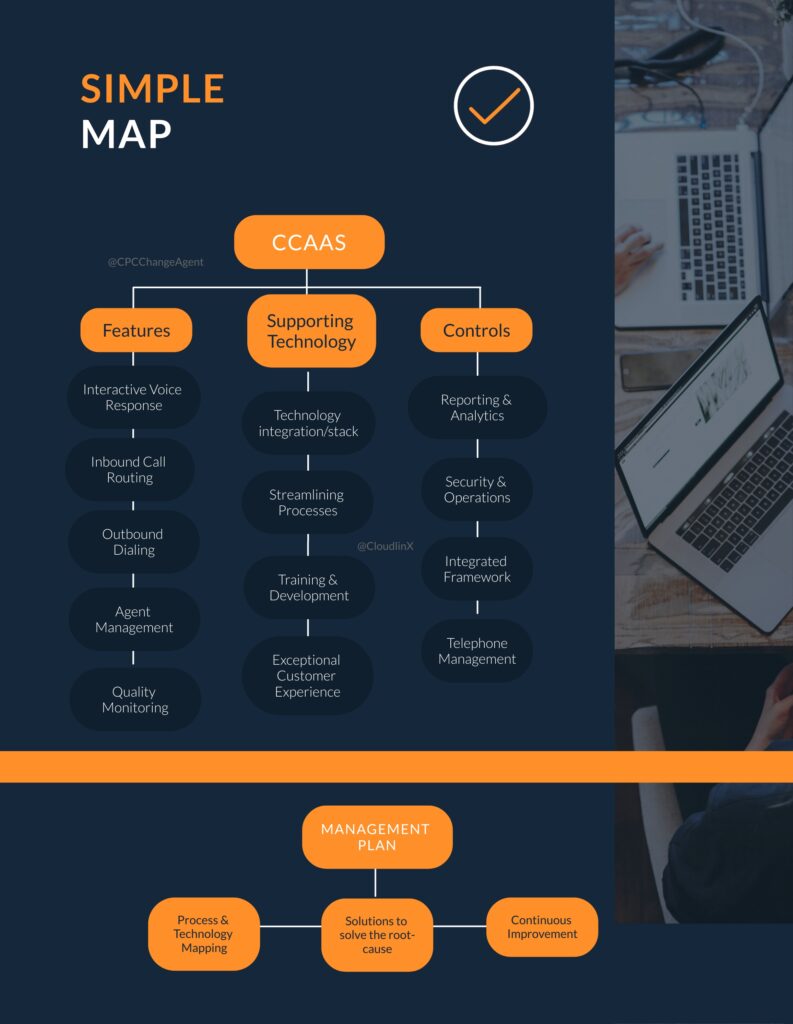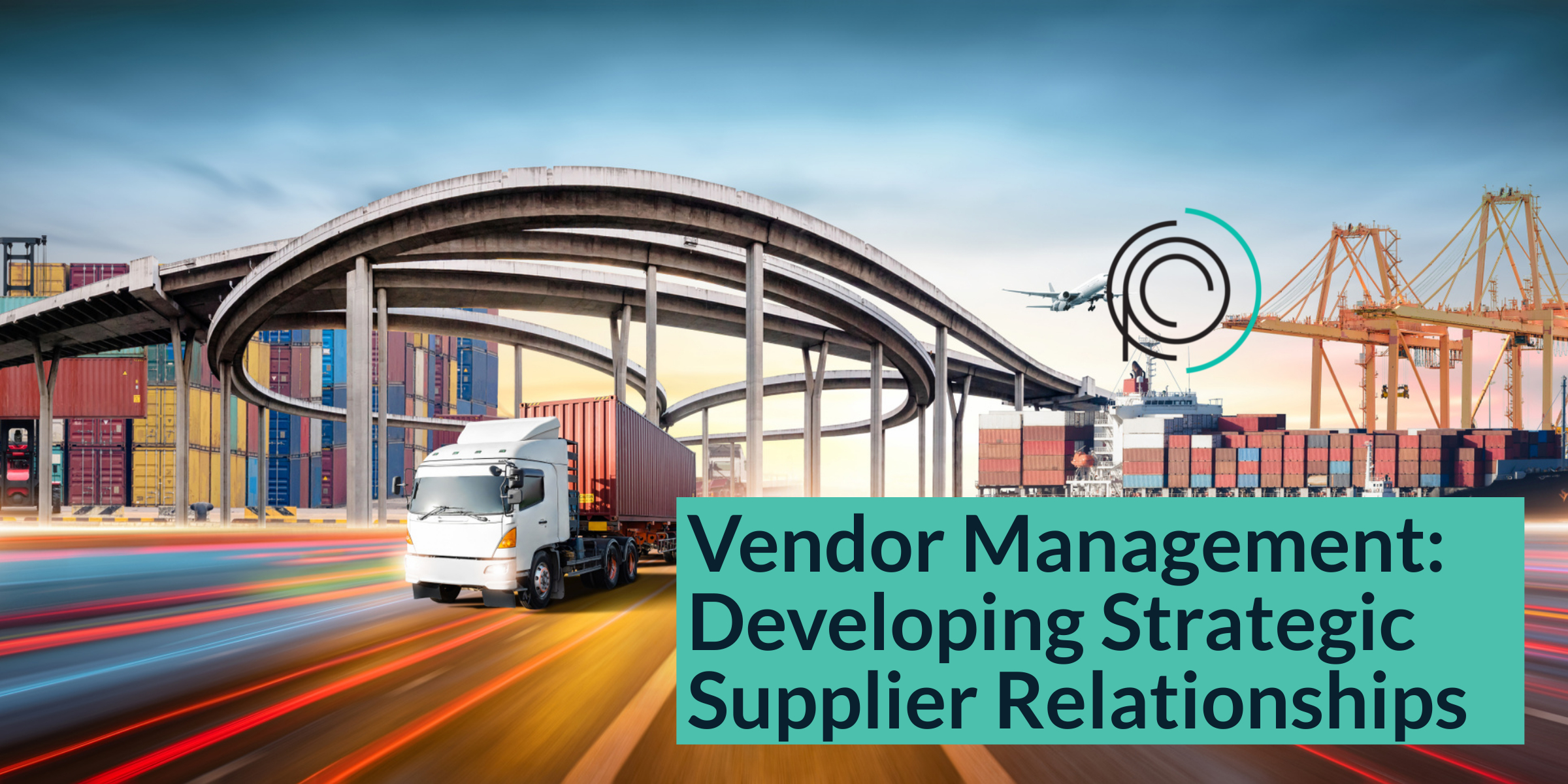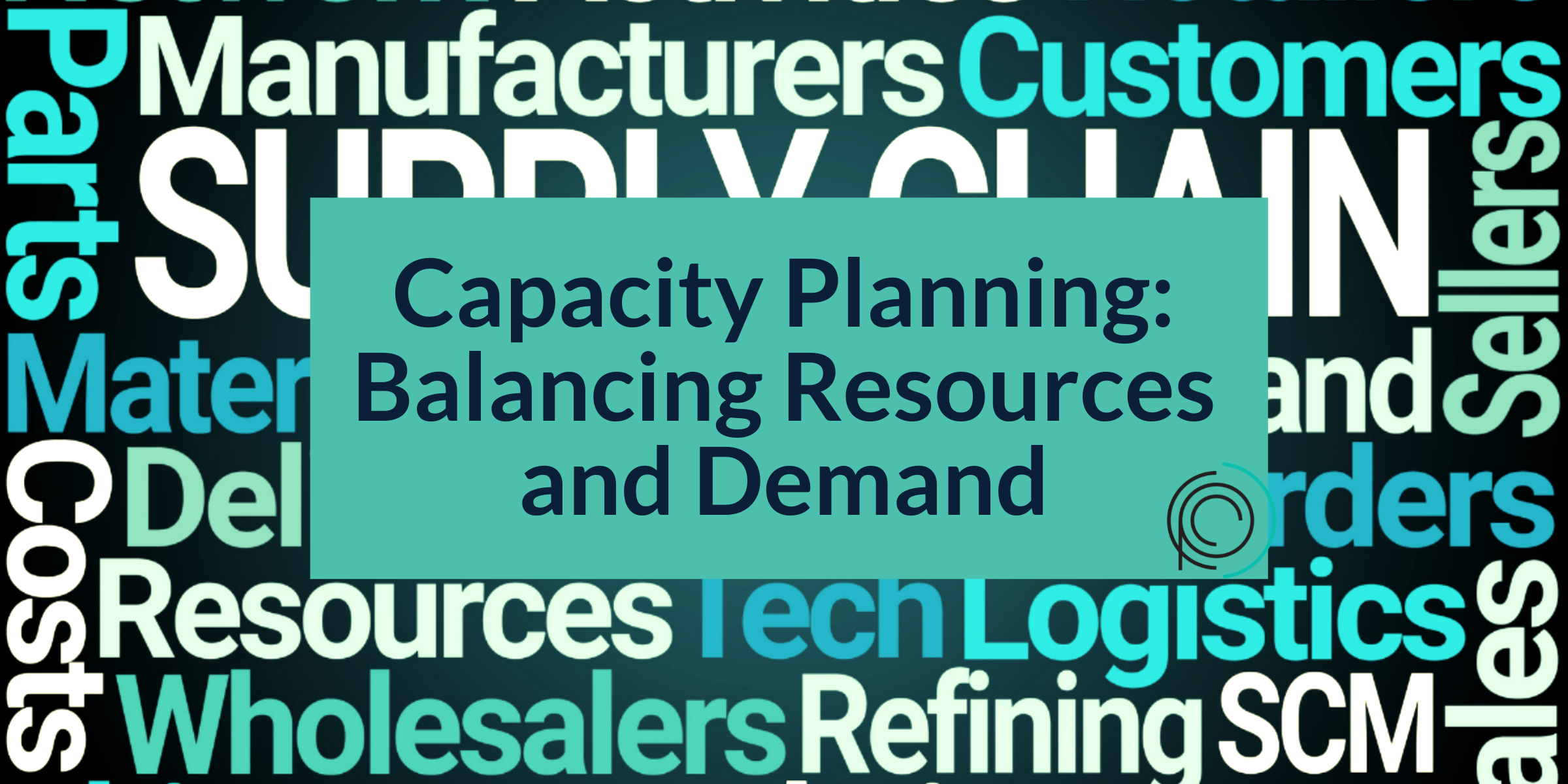In a time of uncertainty, it can be hard to know which direction is best.
Throughout the ongoing pandemic, a variety of businesses have struggled transitioning from an in-person workplace environment to the virtual landscape. For many companies, including call centers, the transition from a typical work environment to a virtual space has posed many questions and challenges around how equipped they thought they were to how prepared they were to continue to reach a higher level of productivity. As the country begins to “open up” these realities are going to be emphasized again as companies continue to be challenged with new decisions, they need to make out their businesses. From where staff will be located, how to keep them safe, motivated, and engaged for some is uncharted territory. There are additional financial ramifications that need to be considered in the decision-making process, like how you will turn a profit on your physical space if your team remains remote. Additionally, as technology continues to evolve, how do you know you are choosing the right solutions? For this discussion, we will focus on two elements of this.
There are two of the significant question’s companies must ask themselves during this transition. The first is, are your processes, internal technologies, and people ready for this change. And second, which vendor is going to be the right fit for my business’s needs? These decisions can be both extremely expensive and time-consuming if not done properly.
Processes, Technology, and People…Who’s Ready?
Let us tackle the first issue: are your processes or “workflows” set up to take on a new piece of technology? It is likely there are inconsistencies in the current workflows. Processes are the tasks and steps everyone knows about, but no one has really taken a careful look at how this works from day to day, person to person season to season. This can happen when processes are not standardized, antiquated, or inconsistent. You may think; “who has time for all of that” but, your team is likely burning a ton of time doing things manually, multiple times, and using less efficient tools to get the job done. It is also important to mention the human error component to all of this. When you have processes that are not standardized, simplified, and automated human error will cost you time, money, customer experience, and yes money again (it is more expensive than you think).
Let us talk about technology. There is an overwhelming belief that if you do not purchase new technology that you are saving money. On the contrary, you are costing yourself, and the business money when you do not purchase the technology the business needs to operate. Yes, non-investment costs money. If you allow manual processes and antiquated technology to run your business, you are costing it a lot more than just time. It will be nearly impossible for a business to grow and take on the influx of business without the appropriate technology to assist your processes, people, and customers.
Additionally, because there are so many technology options, it is important, to be honest with yourself when choosing technology, and what your needs are exactly. Do you have the expertise to choose the right vendor, or would an external expert assist you to be a better investment in the long run? With COVID-19 changing many business models in this first quarter, it is important for call centers, and digital businesses alike to adopt business strategies that help them remain as versatile and innovative as possible.
The very last piece of the equation is your people, as we know are the heartbeat of any business. Not providing them the right technology and processes take time and money, there is that money thing again. There are additional factors we must consider in all this, that is your customers and their experience. Your team is likely doing the best they can with the tools they have but your customer may be running out of patience.
Manage the change or the change will manage you
As you consider how and when to start this initiative here are some key questions you should ask yourself: Will your current processes be able to support new CCaaS technology or have those very processes been the catalyst to limiting the technologies that have been supporting them; how do you know? You are probably all too familiar with this paradox and will be completely willing to make the jump to a new business model, but it must be done with the understanding that CCaaS is not a silver bullet. All the new technologies in the world will not help you if you have not built the right processes.
As you go through this process implementing a new more robust technology that will support a well-integrated CCaaS system you will, without question, find areas for improvement. It is highly encouraged that you adjust your workflow to coincide with your new technology if you want it to be successful. The search for a new vendor and the amendment to your back-end processes can feel like an overwhelming undertaking. Business process mapping, CRM requirements, IT and PBX integration, security, change management, and making sure the roadmap is consumable and operational based on the company’s business model all must be aligned for a successful project and the ability to take on more business seamlessly.
The Personality of Clients Matters for Effective Selections
While it is easy to recognize that something is not working, it can be difficult to discern exactly what needs fixing and get everyone at all levels in agreement. From call center agents to managers to chief executives, it is important to dig deeper into how all levels of a business function and understand what they see as priorities to the business. Working with clients we have learned two truths that are universal; “the project will fail if everyone is not on the same page” and “if you have a false-start on a technology buy-in, it can take years to restart an initiative.”
Having this understanding across the board can have a major impact on choosing suppliers and going into solution demos with the business requirements in mind. When team members take part in a solutions demonstration without keeping the business requirements in mind, the message will get clouded with things that are not relevant to the task at hand. Without a carefully crafted current state needs assessment, business requirements, and tangible use cases the selection of a supplier will be more emotionally driven than strategically chosen.
It is worth the investment of working with an external company to document your current processes, define the actual business issues, and ensure there is an understanding of the project’s objectives from the top-down, bottom, up if you want to have a successful project.
Competition is Fierce in this Niche Market
The stakes are high when selecting new contact center technology. For many, this will be the most expensive and high-profile purchase they ever make for the company, and in most cases, it will be their first time choosing a CCaaS solution.
With so many choices in the market today, selecting the right technology can be confusing. There are sales representatives who are motivated to sell and are not totally considering what you need to solve. You and your team on the other hand can easily get distracted in the sales process by big names companies, and innovative tools. It is important in this portion of the process that you know your business processes and your business requirements. Have you also considered what your technology stack will look like and what needs to get integrated with this new CCaaS solution? The competition in this market is fierce, many providers have overlapping capabilities that vary slightly, yet are critical to your needs. There are so many things to consider when you are trying to choose what is best for this initiative.
It is abundantly clear that you will need to do a deep dive of creating documentation, process maps, collecting business requirements, and evaluating vendors with your needs and objective at the core of the shortlist. Remember, your job is to run a call center and not to get caught up in the evaluation of all the different cloud-based technologies provider’s technical capabilities and then align them to your business needs. That is why utilizing experts becomes cost-effective in these kinds of initiatives.
Experts Provide a Competitive Advantage
A competitive advantage to working with professionals is they bring a fresh set of eyes and understand how it all works and will document the actual processes for you. This step is harder than it sounds, especially when there are more inconsistencies and bottlenecks than you are aware of. Additionally, this documentation will possibly become the most important document your business will use throughout this project and beyond. If these experts can collaborate with each of your groups, that will allow your business to implement improvements to its needs and the understanding for those needs will become clear to all parties involved. They can help scale your business so you can achieve the highest level of output.
COVID-19 Has Had a Tremendous Impact on the Call Center Industry
Call centers have made numerous changes to the methods of their day-to-day operation due to the pandemic. Most call centers were forced to quickly switch to, or use some element of cloud-based software, like CCaaS, because they transitioned from an office setting to a remote setting to protect their employees during the pandemic. Some companies saw this as an opportunity to try new things while others were forced to respond and adapt while having to accept that their service delivery models were not up to par with this new service reality.
The Familiar Mantra
Each of us has called into a support center only to hear “due to the ongoing pandemic hold times may be longer than usual.” This could have been avoided if companies would have invested in technology that supported a work at home or (WAH) environment. Companies that decided the investment was premature or not a priority found themselves in the middle of the pandemic with antiquated technology and a terrible customer experience (CX). However, in any dire situation opportunity exists. There was a great opportunity to expand your roster of available talent, invest in new technology to solve lingering issues, and build new client loyalty. Having an exceptional and proactive service through a WAH environment could deliver the productivity your company needs as it scales.
It can be hard to see all of that while trying to keep the lights on, and business moving. Building strategic relationships, looking for expert advice, and designing a strategy to plan for such events will help your business adjust to the next crisis.
Need help?
We understand an undertaking such as a CCaaS upgrade, choosing the right technology, and implementing change with minimal disruption is daunting. If you need help choosing technology, or feel like something just isn’t working, we are here for you. We have your best interests at the core of every initiative and are committed to helping you get to where you want to go. We really appreciate our partners; they specialize in pertinent areas of business that keep your business running efficiently and safely.

About the Authors:
Cornerstone Paradigm Consulting, LLC is an industry-agnostic business operation consulting that goes beyond the symptoms to solve the root cause of business issues.
Cloudlinx allows you to make intelligent buying decisions with expert help throughout all stages of the transition process so you avoid the costliest of CCaaS mistakes.







